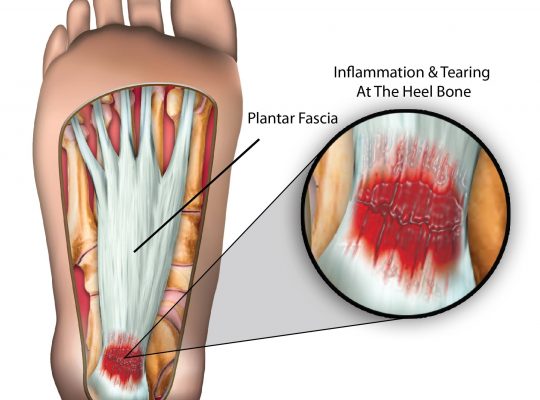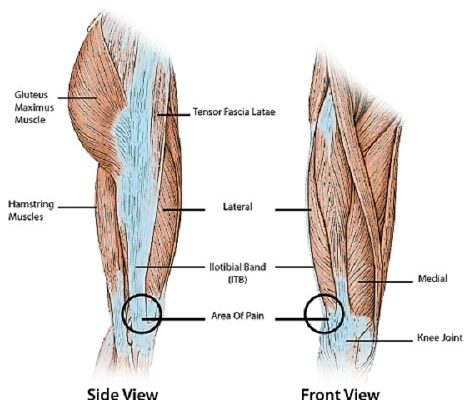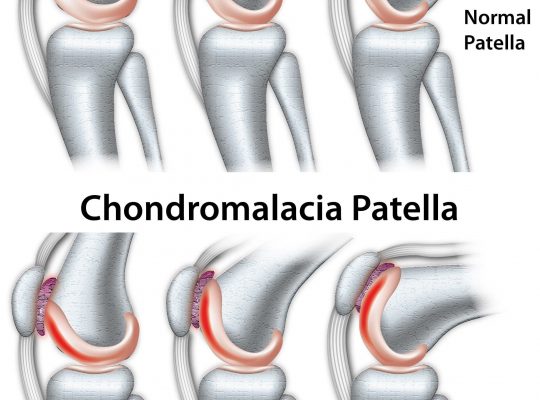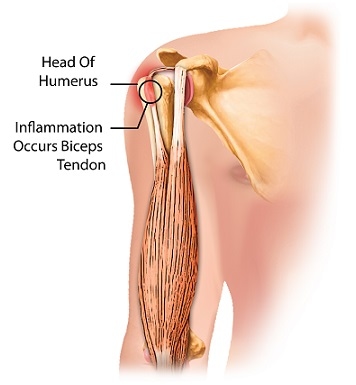What is speed?
Speed can be described as the ability for stimulus or signal to respond as quickly as possible and/or perform movements at low resistance with the highest speed.
Another understanding of the term is known as the coordinative, constitutionally determined performance requirement, needed to respond quickly to stimuli or to process information and be able to execute movements or motor actions under facilitated and / or sport-specific conditions with maximum exercise intensity.
In regards to sport it can be related to action speed and responsiveness.
- Action speed being achieved through the contraction and movement velocities of the nerve-muscle system.
- The reaction rate is the psycho-physical ability to respond to stimuli and signals.
The ability for an athlete change velocity or movement can mean the difference between success and failure in the given objective e.g. sprinting to get a ball, jumping for a tip off, rowing, and intercepting a throw etc.
The concept of speed endurance is thereby only understood in the narrow sense as speed performance, when it comes to sprint speed of up to approx. 30 seconds including maximum speed. Although on average speed beyond this point cannot reach its highest peak, as such there is a need to enter the area of endurance.
For this purpose, speed training is a necessary part of sports. The practice of speed performance in sports shows that response services (often in conjunction with anticipation services) are an essential aspect of speed and acceleration performance. Researchers say that there is a two or three phase method of speed.
- Two Phase (self-selected start) – acceleration performance and speed performance
Example: long jump, shot put
- Three Phase – reactive power, acceleration performance and speed performance
Example: sprint, sports games
How do you build speed?
To understand the level required to reach maximum speed it is essential that the individual understands the technique of sprinting first. The transition from the stimulus to anticipation and finally the correct use of the motor units (composed of neurons) enables the individual to move at faster than normal frequencies. This technique must first be rehearsed at a slow pace before being finished at maximum speeds.
Although there isn’t a concise explanation about the process, it is still known that the complex coordination alongside the timing of the body’s motor units needs to be rehearsed at a high level.
Building speed involves the understanding of stride length and frequency. In simple terms, it is how far each leg movement and how quickly that can occur.
Stride length is often improved by strengthening the leg muscles, increasing strength endurance and improving the overall running technique. Developing one’s speed is highly individual and can affect the linear speed, quickness and agility of an athlete/sportsperson.
The following are important constituents of a effective program to improve speed:
Flexibility– mobility at the joint determines the effective range of natural and motion based on the strength and flexibility around the joint (e.g. flexion and extension). Additionally, reliability of the muscle tissue defines the ability to relax and contract efficiently whilst running.
For example, when a footballer starts movement to sprint for a loose ball, the appropriate range of motion during hip extension involves adequate strength of the hip extenders, including the ability for the flexors to lengthen appropriately. An imbalance of this process can compromise the range of motion of the hip and legs, which in turn affect force output and speed of movement.
Additionally, if the muscle tissue is injured or limited due to other external factors, then speed performance is likely to be affected also.
Technique – the correct technique while executing speed drills allows the body to achieve beneficial positions for optimal force creation which increases the speed of movement.
Speed training – this is performed in interludes at a high velocity. This will ultimately help to condition the correct neuromuscular pathways to utilise energy stored in the fast twitch muscle fibres used.
Types of speed training
There are three main types of speed training; these include assisted sprint training, resisted sprint training and regular sprint training.
Assisted speed training
As the name suggests, this type of speed training involves the use of external elements and props to increase stride frequency. Also known as the over-speed effect, as the neuromuscular system contracts much more than usual, the body adapts to this, meaning an area is covered at a quicker rate than normal. A study carried out in America of NCAA Division female football players showed that assisted sprint training over a period of four weeks revealed an increase of almost 0.08 metres per second per metre, compared to 0.06 metres for resisted sprint training.
On the other hand though, the study also showed that assisted speed training was only beneficial in sprints between 23-35 meters. Examples of assisted sprint training include:
- Downhill running
- Dual elastic band running
- High speed treadmill running
- Strong tailwind running
Resisted sprint training
Resisted sprint training works on the use of external elements and forces to increase muscular stride length through increased strength and endurance of the leg muscles. This in turn reflects in the power and explosive speed required to stride at greater distances. This is usually characterised by a force acting in the opposite way of the individual pulling an object or person.
It has been suggested that the towing of excessive loads can actually have the reverse effect and slow done stride speed; therefore it is essential for the trainer to decide what load is optimal for the individual to reach their maximum sprint speed. Examples include:
- Elastic band running
- Parachute running
- Sled/tire towing
- Sled pushing
Practically, assisted sprint training would be more useful for a footballer as initial acceleration and first step quickness is essential to closing down an opponent, or when chasing a ball about to go off field.
Resisted quickness training on the other hand would be deemed more useful for American football players (especially ‘wide receivers’) who would need explosive speed when running downfield. Overall, finding a balance between the two training types is useful for the sports professional to increase their overall muscle strength and condition.
Regular sprint training
This is the only type of speed training that does not require an external force.
Agility and stamina are the most important components required for this type of training
It is composed of various phases that ensure an optimum performance can be achieved. These include:
– acceleration and sprinting speed training
– coordination training
– sprint endurance training
– start and acceleration training
Acceleration and Sprint speed
Acceleration and sprint speed training sessions are complex because the highest speed can only be achieved after a distance of about 30 metres. Generally, the sprint track is usually divided into three sections, the “acceleration phase”, “phase of maximum speed” and the “phase of sinking speed”.
The phase to reach the highest speed (acceleration phase) takes about up to 30 metres, although it may be slightly quicker of slower depending on the athlete. However, the speed increase of 20 to 30 metres is still low, so that the actual acceleration work takes approximately 30 metres to complete.
Acceleration sprints of 30 to 40 metre length are ideally suited for the training of the combination “acceleration and sprint performance.” However, these sprints must be carried out under optimal, standardized external conditions.
Load times of approximately 5 seconds are likely from the anaerobic lactic energy supply to be covered and therefore are unlikely to result in lactic acid accumulation. In summary, the loading components for the acceleration and sprinting speed training include:
Stress intensity to optimally accelerate up to 100% of the individual’s maximum effort going through the route.
Load scope: 2 Series at 8 x 30-40 metres or 1 series at 10 x 30 metres and 1 Series at 5 x 40 metres (this can differ based on the purpose of the sprint training and the capabilities of the athlete in question.
Loading density: Pauses between the individual repetitions = 2 min rest between each series.
Coordination training
Coordination training is the section of speed training that deals with the sprint movement, especially in relation to spinal interconnections and the interaction of agonists and antagonists coordinating intramuscularly better; by putting the sprint movement muscle in tense conditions. Therefore, the coordination training must include the following features:
- Sprint movements with exaggerated motions in order to achieve to achieve greater motion power than normal sprint movement
- Staying relaxed but running as close to the personal speed limit is essential. The aim is to achieve the maximum speed possible at about 80 to 100 metres, which means that the running series will include more repetitions at the 60-80 metres phase. The objective is to improve overall inter-muscular coordination.
Sprint endurance
Sprint endurance is regarded as the ability to sprint up to 30 seconds at close to maximum intensity. This has an increasing effect on the amount of lactate that is produced as well as the oxygen debt, due to muscles being pushed to the limit and utilising all the oxidised red blood cells that are provided.
By participating in such a training, it is hoped that the body becomes accustomed to performing at near maximum intensity for a longer duration of time. This type of training is especially beneficial for footballers and sprinters who require a longer than normal sprint duration. This load is usually carried out with the highest intensity and has longer recovery periods.
Start and starting acceleration
This training method is usually utilised by sprinters although it can be used by athletes in other sports requiring speed. The training is based of simple reactions, such as of launches from a stationary position and consists of two components:
- Building the technique of the start/ reaction movement with the transition to the acceleration
- Training the perception of time, for example the start of a race is a good example of training your anticipation as this is needed to be learned / preparatory phase to react explosively at different time intervals between a given notice.
Understanding the essence and process of speed training is essential to getting the maximum effort to achieve your maximum speed or close to it.
During speed training it is advised that the following principles should be observed:
- The body temperature must be considerably higher than the resting temperature whilst performing any speed training. The optimal body temperatures at this stage should be around 38-39°, however a systematic approach or build up is necessary of around 15 to 30 minutes. Studies have shown that during this point, speed training performance is at its most effective.
- To improve the speed performance it is also essential that movements are performed with technical precision. Therefore, a movement (start or cyclical movements) should only be carried out quickly if the right technique is stabilized.
- Before any speed training the muscles must be warmed up and flexible enough to minimize the internal resistances. When a muscle is contracted, its antagonist must be easily extensible to prevent too many brakes for example, the joint motion. This is necessary also to reduce the chance of injuries as the quick muscle contraction movements may have a negative impact on muscles that are not duly prepared.
- The external training conditions have to be fast-moving and optimally designed, organized and controlled for grinding, so that the training can take place without disturbances or unnecessary breaks. To achieve more accurate results it is recommended that the training conditions should be even standardized, ie always be the same.
- Speed training should constantly be held under the terms of result-feedback to detect changes in performance accurately.
- Speed training must be carried out whilst highly motivated and carried out in a spirit of optimal performance and fit physical form.
[trx_infobox style=”info” closeable=”no” bg_color=”#F8F8F8″ top=”inherit” bottom=”inherit” left=”inherit” right=”inherit”]SOURCES
- Clark, Micheal, Scott Lucett, and Donald T. Kirkendall. NASM’s Essentials of Sports Performance Training. Philadelphia: Wolters Kluwer/Lippincott Williams & Wilkins, 2010. Print.
- Lockie, G. R., Murphy, A. J. & Spinks, C. D. Effects of resisted sled towing on sprint
kinematics in field-sport athletes. Journal of Strength and Conditioning Research, 2003. 17 (4) 760-767.
- The Effect of Assisted and Resisted Sprint Training on Acceleration and Velocity in Division IA Female Soccer Athletes.” National Center for Biotechnology Information. U.S. National Library of Medicine. Web. 19 Feb. 2016.[/trx_infobox]





